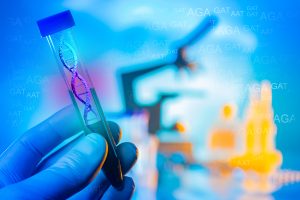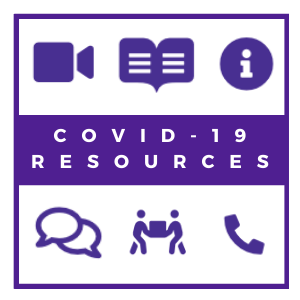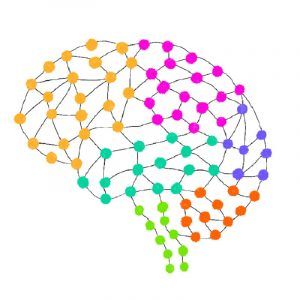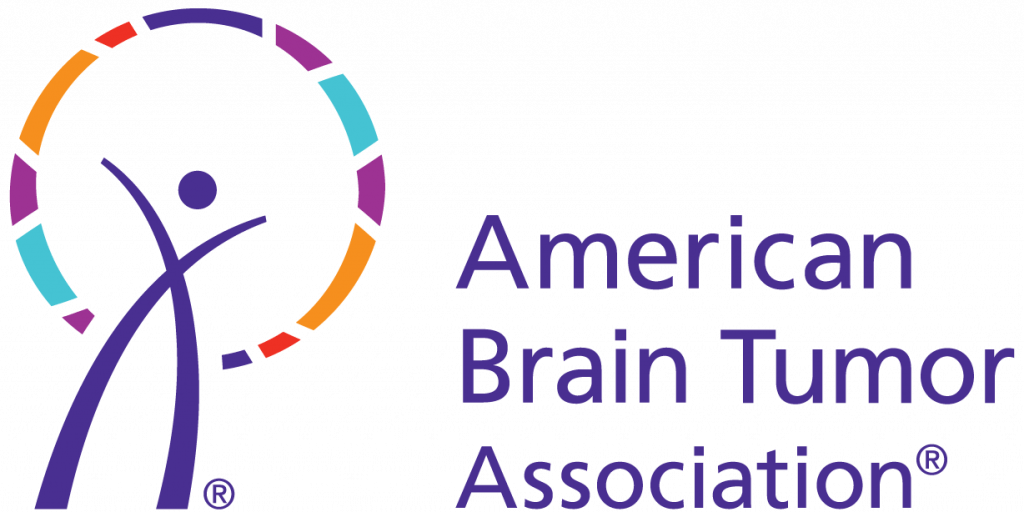Sponsored Content:
This content is not an endorsement from the ABTA.
Sponsored by Servier®

In superhero movies, gene mutations often serve as the pivotal plot point in the hero’s journey. They turn nerdy teenagers into ones with Spidey senses and give some the ability to move metal with their minds. Exposure to radiation or a lab accident gifts you with phenomenal powers that can transform an ordinary human into a superhuman.
Learning you have a gene mutation when you are a cancer patient won’t make you a superhero, but in an era of targeted therapies and personalized medicine, it could serve as the pivotal point in your treatment journey and expand what options are available to you.
Let’s Get Some Vocab Out of the Way
Targeted therapies are a type of cancer treatment that seek out specific genes and proteins that control how cancer cells grow, divide, and spread. No targeted therapy can be prescribed without first testing for the specific biomarker the therapy would target.
Cancer biomarkers are biological markers produced by the body or tumor in a person with cancer. Biomarker testing helps a clinician identify and characterize important alterations in the tumor. Examples of a biomarker can be unexpected changes in the DNA, RNA, protein, or metabolic profile that are specific to the tumor. These profiles can easily be added to the diagnostic evaluation when a tumor is identified.
How genetic changes affect cancer development is a very active area of research, which has led to improvements in early detection, risk reduction, and the use of targeted therapies. The science is moving quickly, and some acquired gene mutations have become very treatable. In all cases, the key to getting treatment begins with comprehensive biomarker testing and understanding the type of tumor mutation you have.
Inherited Versus Acquired Mutations
A lot of biomarker testing focuses on DNA; specifically, any sort of genetic mutation that may be causing your cancer to grow. There are two basic types of genetic mutations that can lead to cancer. The least common form is an inherited mutation, which accounts for around 5% to 20% of all cancers. These mutations occur in a sperm or egg cell and pass directly from a parent to a child at the time of conception. As a baby develops, the mutation from the initial sperm or egg cell is copied into every cell within the body. Germline testing can reveal important genetic variations that a person was born with using a simple blood or saliva sample.
Acquired mutations are far more common. They occur from damage to genes in a particular cell during a person’s life, replication errors, or sometimes just plain old bad luck. This could occur in a lung or colon cell, which then goes on to divide and form a cancerous tumor. Cancers that are caused by these types of mutations are also called sporadic cancers and cannot be inherited or passed down from parent to child. Factors that cause these mutations include tobacco use, ultraviolet radiation, viruses, age, or sometimes bad luck.
Test to Treat
When it comes to acquired mutations, the type of mutation you have is important to understand as it influences what targeted therapies are available to you. New treatments have recently become available for mutations in genes encoding the cytoplasmic and mitochondrial forms of isocitrate dehydrogenase. Known as IDH mutations, IDH1 and IDH2 are frequently detected in cancers of various origins, including 20% of acute myeloid leukemia and cholangiocarcinoma, and 50% to 80% of chondrosarcoma (CHSs) and gliomas. These cancers affect the blood, liver, bones, cartilage, and brain.
Mutations in IDH genes prevent cells from differentiating and in some cases, the cancer cells begin to grow out of control. It is important to note that IDH mutations don’t indicate the severity of the cancer, nor the likelihood of a good or bad prognostic outcome. The mutation is neutral in its significance to the overall course of the disease. However, it is helpful information in that it can guide you toward a treatment that targets that specific mutation.

These cancers affect the blood, liver, bones, cartilage, and brain. Mutations in IDH genes prevent cells from differentiating and in some cases, the cancer cells begin to grow out of control. It is important to note that IDH mutations don’t indicate the severity of the cancer, nor the likelihood of a good or bad prognostic outcome. The mutation is neutral in its significance to the overall course of the disease. However, it is helpful information in that it can guide you toward a treatment that targets that specific mutation.
IDH testing is especially important for patients with low-grade gliomas, which are more common among 30-40-year-olds. The presence or absence of IDH mutations can help clinicians diagnose specific subsets of glioma, to further optimize and personalize the individual’s care, which contributes to improved overall health outcomes. IDH testing is considered medically necessary for patients with a glioma of any grade. IDH mutation testing is also important for patients with cholangiocarcinoma and acute myeloid leukemia since new treatments are now FDA-approved for IDH mutations.
Having a viable therapeutic option for these forms of cancer makes a huge difference, as the first step toward getting treatment is knowing what biomarker test you need.
IDH testing is listed by the National Comprehensive Cancer Network (NCCN) as an approved test for acute myeloid leukemia, cholangiocarcinoma, chondrosarcoma, and glioma; meaning insurance should cover it without issue in most cases. If it turns out that an IDH mutation is a potential driver of your cancer, there are treatments and clinical trials available––though not all providers know to order the test.
Patient advocacy groups estimate that nearly 75 percent of providers are aware of IDH testing, but there is a wider awareness gap among patients, with only 50 percent knowing it’s an option. Clinicians often don’t test for a specific mutation unless the goal is to match that patient with a treatment that would be effective for the mutation. When a new treatment comes on the market that targets a mutation that previously had no treatment options, there can be a knowledge gap.
A Targeted Future
The promise of personalized medicine for oncology treatment starts with widespread adoption of comprehensive biomarker testing to identify who will benefit from targeted therapies. Clinicians can target the genetic signature of any given tumor, identify the mutations that are spurring its growth, and increasingly prescribe a line of treatment that attacks those mutations specifically. Genetic information now guides the treatment of about 10% to 20% of patients with metastatic cancers, a number expected to rise dramatically in the coming years as new therapies become available.
Patients and clinicians are in a constant race to keep up with the ever-evolving world of scientific breakthroughs. This relies on quick, accessible profiling in cancer treatment. But in many ways, this is a positive sign. The momentum of oncology care is moving rapidly in the direction of increasingly personalized and targeted therapies. Biomarker testing has been referred to as the “center point of progress in modern oncology” as it opens up a world of targeted therapies that can guide an oncology treatment plan and turn more patients into survivors.
References:
- American Society of Clinical Oncology. https://beta.asco.org/?s_tnt=161267:0:0&adobe_mc_sdid=SDID%3D3E49BC 9E8C011531- 5B094C75F046F724%7CMCORGID%3DFC92401053DA88170A490D4C@ AdobeOrg%7CTS%3D1644283879. Accessed March 16, 2022.
- Christopher J. Pirozzi & Hai Yan, “The Implications of IDH Mutations for Cancer Development and Therapy,” Nature Reviews Clinical Oncology, June 15, 2021. https://www.nature.com/articles/s41571-021-00521-0. Accessed March 16, 2022.
- Explore IDH. https://www.exploreidh.com/. Accessed March 16, 2022.
- Mayo Clinic; Cholangiocarcinoma (bile duct cancer). https://www.mayoclinic.org/diseases- conditions/cholangiocarcinoma/symptoms-causes/syc-20352408. Accessed March 16, 2022.
- Eli Lilly and Company; “Realizing the Full Potential of Diagnostic Testing in Cancer Care,” posted July 14, 2020. https://www.lilly.com/news/stories/diagnostic-testing-cancer-care-full- potential. Accessed March 16, 2022.
- American Cancer Society; “Live Cancer Survival Rates.” https://www.cancer.org/cancer/liver-cancer/detection-diagnosis- staging/survival-rates.html. Accessed March 16, 2022.
- Robert Levy, “Genetic Testing Helps Shape Some Cancer Treatments,” from Turning Point 2020, November 23, 2020. https://www.dana- farber.org/newsroom/publications/turning-point-2020/genetic-testing-helps- shape-some-cancer-treatments/. Accessed March 16, 2022.













